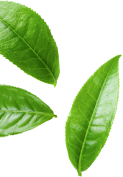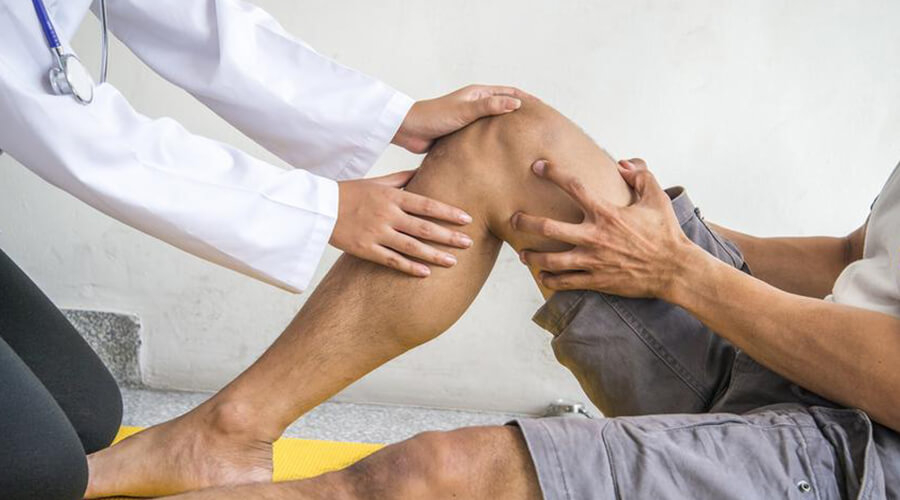



You should know that bruising is usually harmless but it is true that it is very painful. A bruise cream may be useful in this case.
Most often, bruising is caused by sports injuries or accidents, specifically collisions or falls. It is most common in young children when they are more clumsy and often fall, but it is also common in old age as the skin thins and can be caused by a minor impact. Bruising can cause blood to seep into the tissues from cracks in the capillaries under the skin, which is why it has a purplish discolouration.
The aim of treating bruises is to reduce swelling and bruising and to start regeneration as soon as possible. The most common bruises are those on the back of the hands, arms or palms. In these cases you want to heal as soon as possible because you use your hands every day.
Rest: avoid using the injured hand to promote healing and minimise the risk of further injury.
Ice: Apply an ice pack to the bruised area for 15-20 minutes, several times a day, especially during the first 48 hours. This will help reduce swelling and pain. Make sure that the ice does not come into direct contact with the skin; use a towel or ice bag.
Compression: if possible, use an elastic bandage around the bruised area to reduce swelling. Make sure that the bandage is not too tight, as this may impede blood circulation.
Lift: keep the back of the hand above the level of the heart whenever possible. This helps reduce swelling and helps fluids flow back into the heart.
Pain relief: if necessary, take painkillers to relieve pain. Follow the instructions for use of the medicine and consult your doctor if you are not sure of the correct dosage.
Calm and alert: Monitor the condition of the bruise. If the pain or swelling does not go down, or if other symptoms occur (e.g. severe pain, numbness, inability to move), seek medical attention.
There are also synthetic non-steroidal anti-inflammatory creams and traditional herbal-based preparations. The skin discolouration that is typical of bruising can be treated very well with a balm containing black elderberry or horse chestnut. Herbal preparations, because of their combined composition, reduce inflammation, stimulate circulation, cool the painful skin, nourish the skin and, of course, reduce bruising. The best and best known herbs for bruises are horse chestnut, arnica, medical somsquilla and black comfrey, but there are also lesser known but effective herbs. In addition to synthetically produced anti-inflammatories and painkillers, there are also natural substances. There are also herbs that contain methyl salicylate, such as creeping buckthorn and violet. There are also herbs that increase local circulation such as rosemary, lavender oil, pine needle oil. These will stimulate the microcirculation of the injured area and will heal much faster.
– orange oil
– bergamot orange oil
– chamomile
– aloe vera
– marigold
– thyme
– wintergreen oil
– eastern teaberry oil
Not only do they relieve the inflammatory symptoms of the skin surface, but they also penetrate the tissue to help the bruise heal as quickly as possible. Cooling creams containing menthol and camphor also help to reduce pain, swelling and bruising. These give a cooling sensation and have a cooling effect.
Of course, it would be difficult to say, because we are all different, so different creams can help. If you’re looking for the best one to treat bruises, you should choose black carnation oil.
Of all the herbs, black celandine is the most recommended as it has extremely strong anti-inflammatory, bone regenerating effects as well as helping tissue rebuilding, it is also one of the best herbs for healing wounds. It can also be used to make ointment for bruises. If you would like to experience the extraordinary effects of black celandine, you should try HillVital Black Comfrey Balm, as it is a great pain relieving cream for bruises! Free and fast delivery and a 30 day money back guarantee.
The healing time for bruises can vary from a few days to two weeks. It is important to note that cold compresses can help reduce swelling and relieve pain for the first few days after the injury. Later, when swelling is no longer significant, a warm compress can help relieve tension and promote healing.
Dóri
“Excellent product! A week before my holiday, I developed a huge area of haemorrhaging from a bad fall and I knew I needed HillVital blackening cream immediately because it was the only thing that would make it go away. I ordered it and it arrived the next day as usual. I used it three to four times a day and the , which normally takes over two weeks to absorb without cream, was completely gone in four days! Thank you HillVital!! I recommend it to everyone!!!”
This can also be helped with black comfrey balm. This is a great ointment for bruising as it has no side effects. A pea-sized amount should be massaged into the painful area three times a day. IMPORTANT! Do not apply to open wounds! Do not use on pregnant women!
The best natural solutions to treat bruises also include cold therapy, rest, padding and wearing compression stockings. Cold therapy helps reduce swelling and pain, while resting helps prevent further injury. Padding helps reduce swelling, while compression stockings help maintain blood flow to the injured area.
The best treatment for bruises is the cold therapy mentioned above, which helps to reduce swelling and pain. Cold therapy is most often done with a poultice made of ice or cold water. The compress should be applied for at least 20 minutes and the compress should be changed at least every 2-3 hours. If the poultice is made with ice, a towel should be placed on the skin to avoid icy burns.
It is also important not to use a warm compress when the affected area is swollen, as this can increase blood flow to the affected area, which will increase swelling.
Rest: the first and most important step is to rest the affected area. Try to bypass the injured part of the body and do not overload it.
Ice: Cold therapy can help reduce swelling and pain. Place an ice pack or ice cubes wrapped in a towel on the injured area and apply for 15-20 minute periods. Do not bring the ice into direct contact with the skin as this can cause frostbite.
Pressure: Pressurise the affected area with a pressure regulator or bandage. This will help reduce swelling and stabilize the injured area.
High position: try to raise the affected body part above the level of the heart. This may help to reduce blood flow and reduce swelling.
You can also use a percussion cream, but always read the instructions before using it.








HillVital balms are your reliable support for an active life, crafted from natural ingredients!